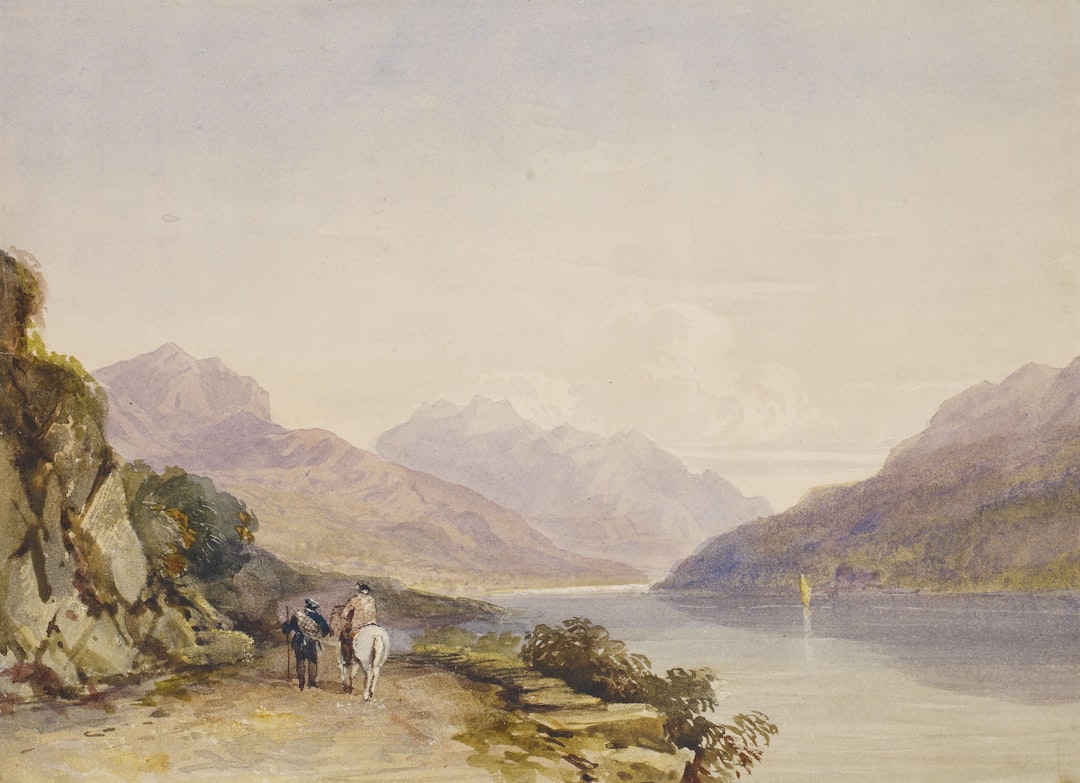What is it about?
The aim of this paper is to shed new light on the prevalence of evolutionary ideas in Scotland in the early nineteenth century and establish what connections existed between the espousal of evolutionary theories and adherence to the directional history of the earth proposed by Abraham Gottlob Werner and his Scottish disciples. A possible connection between Wernerian geology and theories of the transmutation of species in Edinburgh in the period when Charles Darwin was a medical student in the city was suggested in an important 1991 paper by James Secord. This study aims to deepen our knowledge of this important episode in the history of evolutionary ideas and explore the relationship between these geological and evolutionary discourses. To do this it focuses on the circle of natural historians around Robert Jameson, Wernerian geologist and professor of natural history at the University of Edinburgh from 1804 to 1854. From the evidence gathered here there emerges a clear confirmation that the Wernerian model of geohistory facilitated the acceptance of evolutionary explanations of the history of life in early nineteenth-century Scotland. As Edinburgh was at this time the most important center of medical education in the English-speaking world, this almost certainly influenced the reception and development of evolutionary ideas in the decades that followed.
Featured Image
Read the Original
This page is a summary of: Neptunism and Transformism: Robert Jameson and other Evolutionary Theorists in Early Nineteenth-Century Scotland, Journal of the History of Biology, October 2015, Springer Science + Business Media,
DOI: 10.1007/s10739-015-9425-4.
You can read the full text:
Contributors
The following have contributed to this page










